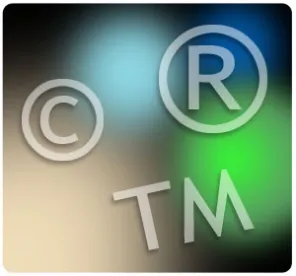Addressing the likelihood of success requirement for injunctive relief, the U.S. Court of Appeals for the First Circuit vacated an order requiring trademark attribution where the district court had not found a likelihood of consumer confusion. Arborjet, Inc. v. Rainbow Treecare Scientific Advancements, Inc., Case No. 14-2324 (1st Cir., July 16, 2015) (Souter, J.) (sitting by designation).
Arborjet manufactures and sells TREE-age, an emamectin benzoate solution used to protect trees from various pests. TREE-age is one of Arborjet’s most successful products. From August 2008 to February 2013 Arborjet granted Rainbow Treecare Scientific Advancements (Rainbow) an exclusive right to distribute TREE-age. The sales contract contained confidentiality and nondisclosure obligations, as well as an obligation that Rainbow not attempt to “replicate Arborjet’s products or processes.” After the sales agreement was terminated, Rainbow began marketing and distributing ArborMectin, another emamectin benzoate combination meant to compete directly with TREE-age. As part of its sales effort for ArborMectin, Rainbow sent a blast marketing email to customers characterizing ArborMectin as an improved formulation as compared to TREE-age and claiming that ArborMectin worked faster than TREE-age. Rainbow also referenced TREE-age on its website. Rainbow did not include any trademark attribution for TREE-age in its marketing materials.
Arborjet sued Rainbow for breach of contract, false advertising under the Lanham Act and Massachusetts law, false origin under the Lanham Act and common law unfair competition. Arborjet secured a preliminary injunction based on the likelihood of success of its contract claims. The district court concluded that Arborjet was unlikely to succeed on its false designation of origin claim. Nevertheless Rainbow was ordered to cease and desist selling, distributing and/or marketing ArborMectin, as well as to “properly attribute Arborjet’s trademarks “Arborjet” and “TREE-age” by appending the ® symbol to those marks and a footnote stating “Registered Trademark of Arborjet, Inc.” Rainbow appealed the injunction.
The court affirmed the finding that Arborjet was likely to succeed on its contract claims and accordingly affirmed the portion of the injunction ordering Rainbow to stop selling ArborMectin.
With respect to the trademark claim, Arborjet had argued that Rainbow’s failure to attribute TREE-age trademarks was likely to cause consumer confusion. The district court rejected this argument, holding that the evidence “weighed against a finding of a likelihood of confusion.” The First Circuit held that the district court’s finding that there was not a likelihood of confusion was “fatal” to Arborjet’s attribution request. The 1st Circuit noted that likelihood of success on the merits is the “sine qua non” of a preliminary injunction. Where Arborjet was unlikely to succeed on its false designation of origin claim, there could be no injunction ordering Rainbow to attribute Arborjet’s trademarks. The court thus vacated that portion of the preliminary injunction.




 />i
/>i

